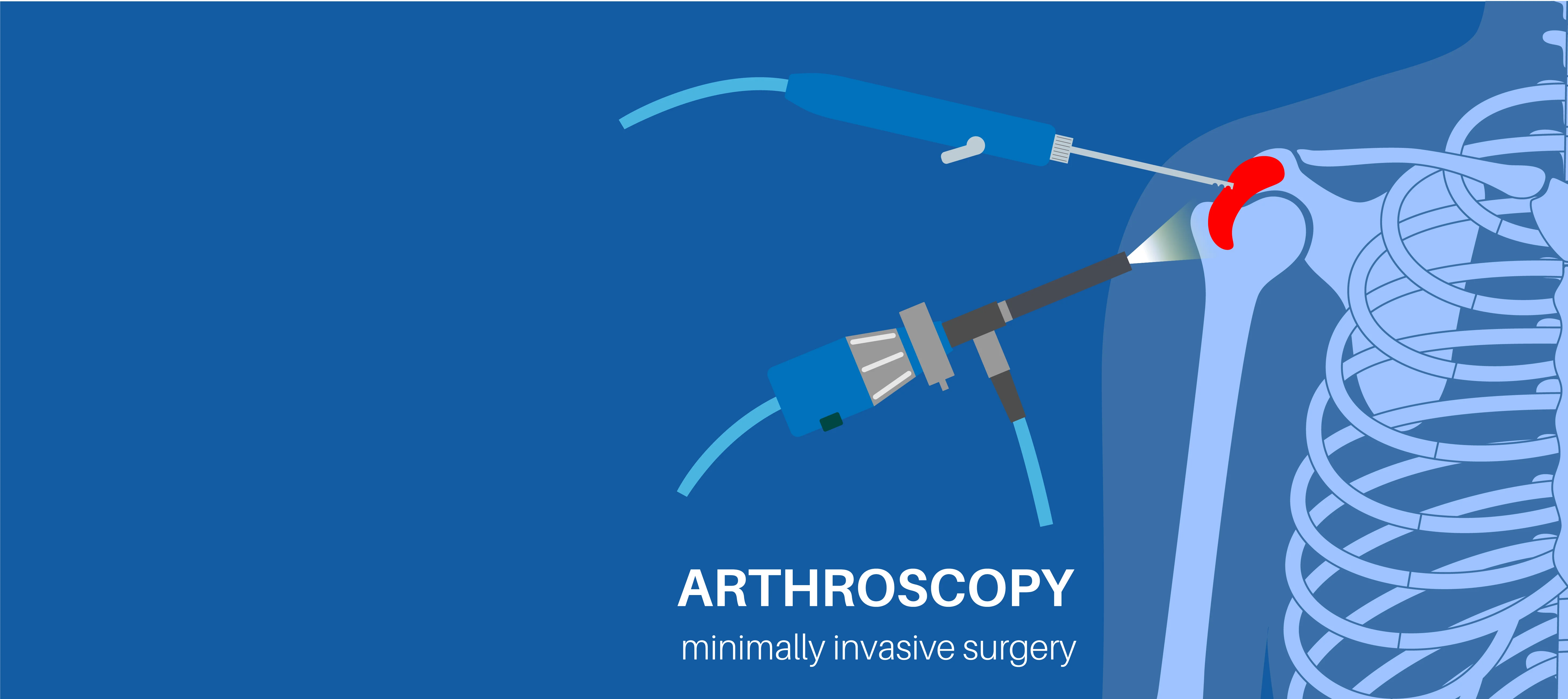
Shoulder arthroscopy is an advanced surgical method that has revolutionized the treatment of shoulder injuries and disorders. It is not like other regular surgeries that require enormous cutting of the skin; arthroscopy is carried out using small instruments together with the help of a small camera that is inserted in small incisions that are made in the patient’s skin. This is an advantage of minimally invasive procedures since they have several advantages of quick recovery, little or no pain, and little marks on the skin. In this post, we want to go further and give you more insights into what shoulder arthroscopy is, the conditions it helps to address, the recovery phase, and how to select the right surgeon.
Shoulder arthroscopy is a surgical process where a physician can diagnose the inside of the shoulder with the help of an arthroscope, which is a small camera that sends pictures on a monitor. This allows surgeons to examine the shoulder with small incisions, improving diagnosis and treatment. The instruments applied in the operation are miniature, and small incisions are made; thus, little harm is done to the tissue surrounding it as is done in conventional large incision surgery.
Arthroscopy is recommended when pain, limited mobility, or structural damage in the shoulder persists after several weeks or months of non-surgical treatments like physical therapy, medications, or injections. It is especially useful where there are injuries to the soft tissue, such as tendons and cartilage, or where there are loose bodies within the joint that need to be removed.
Several shoulder conditions can be effectively treated or managed with arthroscopy.Some of the most common conditions are listed below:
The rotator cuff refers to muscles and tendons that form a cuff around the head of the scapula, which in turn forms the glenoid labrum to support the ball of the shoulder joint and to lift and rotate the arm. Rupture of the rotator cuff leads to shoulder pain, weakness, and impaired mobility of the limb. These tears can then be repaired with the help of arthroscopy, which minimizes interference with the surrounding tissues.
This condition is characterized by shoulder joint rigidity coupled with pain attributed to inflammation as well as thickening of the shoulder capsule. Arthroscopy removes tight tissues around the shoulder, improving movement and reducing pain.
Arthroscopic surgery may be of benefit in managing arthritis when the cartilage surfaces are rough or there are loose cartilage flaps that cause pain and limit mobility.
The labrum refers to a ringlike slide of cartilage that is present along the rim of the socket of the shoulder joint. Injuries to the labrum can cause pain, instability, and reduced ROM. Arthroscopy enables one to suture or shave the torn cartilage, thus enhancing shoulder stability.
Impingement happens when the rotator cuff tendons are squeezed between the humeral head and the acromion, which is part of the shoulder blade, thus resulting in pain and decreased mobility. Such procedures can involve the use of arthroscopy to shave off bone spurs or any inflamed tissue that may cause this or any other condition.
Patients who have been scheduled for shoulder arthroscopy are first required to complete an applicable medical history and history of the illness, and the surgeon will also examine the patient. Other imaging tests, such as X-rays, MRI scans, or ultrasounds, may be employed to get a better view of the shoulder issue.
Preparation: The patient will be either under general anesthesia, a state of general unconsciousness, or under regional anesthesia, whereby only the shoulder and arm will be made insensitive to feeling, but the patient is awake.
Incisions and Instruments: The surgeon then uses a few incisions, about 1–2 inches, in and around the shoulder region. These are the approaches through which the arthroscope and other instruments of surgery are made to be inserted. Through the arthroscope, images of the shoulder joint are relayed on a monitor, thus enabling the surgeon to have an enhanced view of the joint.
Repair: If the surgeon can see that some tissue has had to be torn apart to accommodate the arthritis, then they will sew them back together, or if the cartilage is dead, then they will remove it, or if the edges of the joint are jagged, then they will burnish them. It can take from thirty minutes to several hours and depends on the case complexity.
Stitches or small adhesive strips are used to close the incisions, and the patient is thereafter placed in a sling to immobilize the shoulder.
Recovery after shoulder arthroscopy depends on the extent of the surgery and any other health conditions, like diabetes or heart disease, that may affect healing. However, it is important to advise that the majority of patients are discharged on the same day or within the next twenty-four hours.Key steps in recovery are listed below:
While shoulder arthroscopy is generally safe and associated with fewer risks than open surgery, there are still potential complications, including:
These are risks that should be explained to the patient before the surgery by the surgeon so that the patient has sufficient information regarding the operations to be done.
Shoulder arthroscopy is a valuable and effective tool for diagnosing and treating a range of shoulder conditions. Its minimally invasive nature offers significant benefits, such as less pain, quicker recovery, and minimal scarring compared to traditional surgery. With proper post-operative care, physical therapy, and adherence to your surgeon’s guidelines, shoulder arthroscopy can lead to long-lasting pain relief and improved shoulder function.
By selecting an experienced surgeon and following through with rehabilitation, you can achieve the best possible outcome from your shoulder arthroscopy.
Staying abreast with the latest information is the best way to combat diseases in early stages and live a healthy life. Read the latest news & updates here to learn about the recent advancements in joint care and therapeutics.


